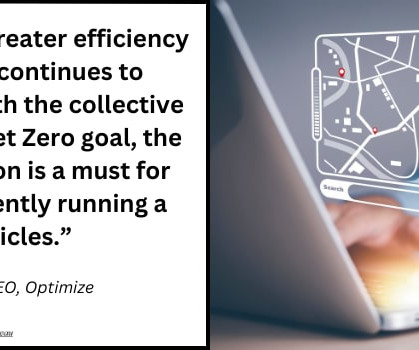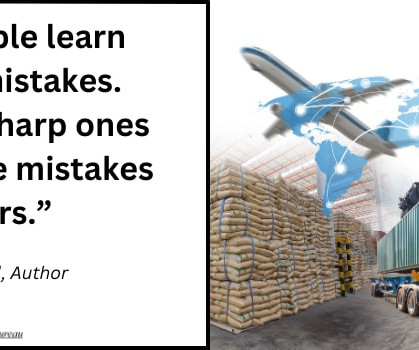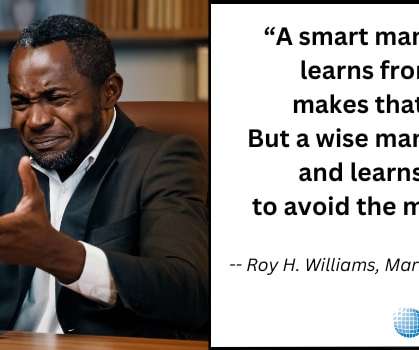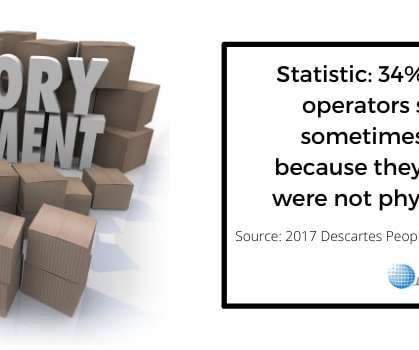What Georgia-Pacific Is Doing With Causal AI Is Remarkable
Logistics Viewpoints
APRIL 22, 2024
More importantly, we needed to capture the knowledge of our subject matter experts on how to make all of that happen.” However, complex process manufacturing presents a much more difficult ATP problem than is typical in discrete industries. Of course, getting a promise right is vital. IT systems can be part of the problem.



























Let's personalize your content